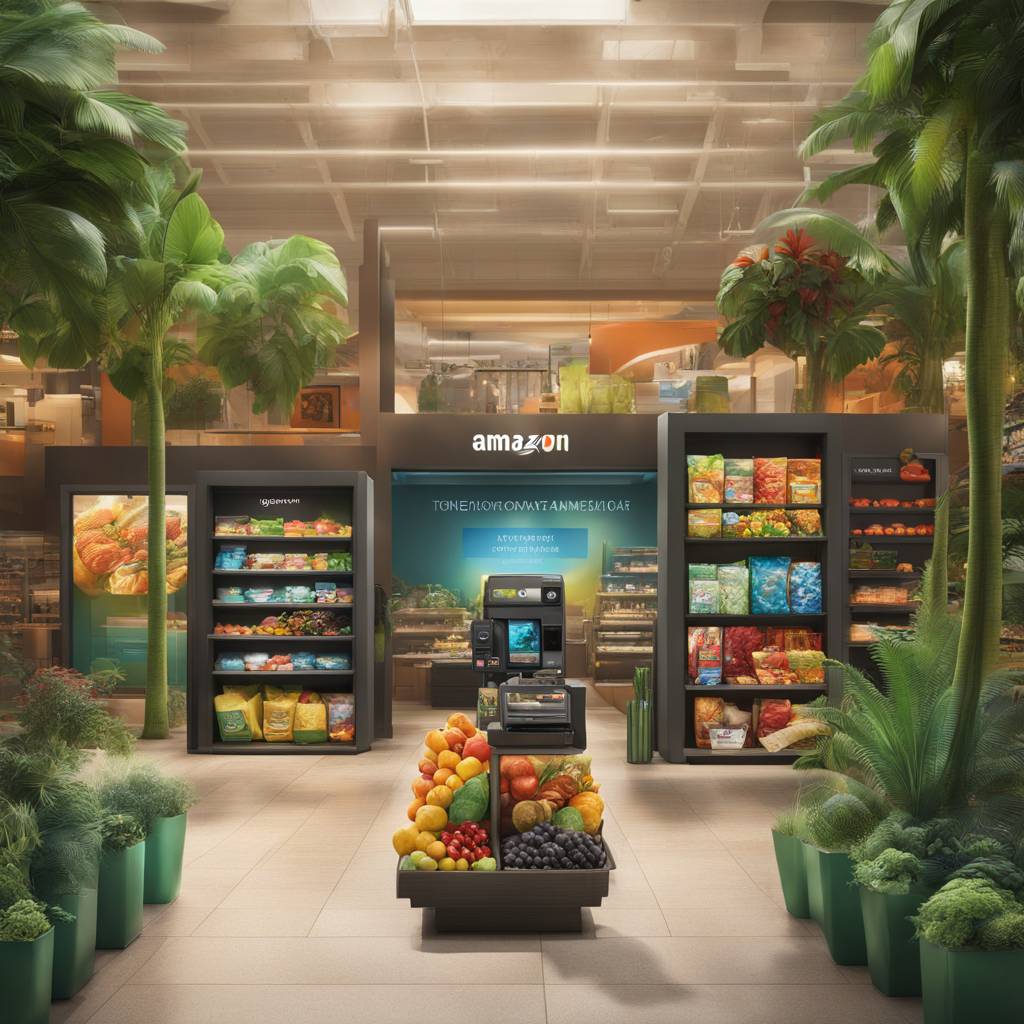Generative AI has gained attention for its abilities in generating text and creating art, but its applications go beyond content creation. Amazon has utilized this technology to enhance its Amazon One payment system, which allows customers to make contactless payments using their palm scans. The palm’s unique features, such as lines, grooves, ridges, and veins, are recognized by an Amazon One scanner, linking the palm signature to the customer’s credit card or Amazon account. This system is being implemented at various retailers, grocery stores, and entertainment venues, offering convenience and security for customers.
However, the success of an innovative system like Amazon One depends on its accuracy, which is why generative AI plays a crucial role. Amazon faced a challenge of limited real-world palm data for training their system, prompting them to use generative AI to generate synthetic images of palms. This “palm factory” created by AI enabled Amazon to train their model effectively by generating millions of varied palm images. This synthetic data not only enhances accuracy but also helps in reducing bias, maintaining privacy, and building a diverse dataset without relying solely on real-world data.
In practice, generative AI was used by Amazon to create a wide range of palm images, including different hand poses, lighting conditions, and even the veins beneath the skin. This diverse set of images played a key role in improving the system’s accuracy. The AI was also trained to differentiate between live palms and fake hand replicas, ensuring the security of the system. Automated annotation of palm images further expedited the training process, allowing Amazon to achieve its goal of accurate and efficient palm scan recognition.
The results of Amazon’s implementation of generative AI in the Amazon One system have been impressive. With over 3 million uses, the system has demonstrated a remarkable accuracy rate of 99.9999%. This level of accuracy surpasses other biometric identification methods, such as scanning two irises. Amazon emphasizes that customer privacy is a top priority, as the system matches palm signatures to payments without using palm information for personal identification. Additionally, the system is designed to be race and gender agnostic, ensuring fairness and inclusivity in the payment process.
Overall, the integration of generative AI in Amazon’s Amazon One payment system exemplifies the potential of artificial intelligence in transforming the shopping and payment experience. By leveraging AI to generate synthetic data and enhance accuracy, Amazon has created a highly secure and efficient payment solution that prioritizes customer privacy. The success of this system underscores the significant advancements in biometric identification and the potential for AI to revolutionize various industries beyond content creation. As AI continues to evolve, we can expect to see further innovations and improvements in technology-driven solutions for everyday challenges.













